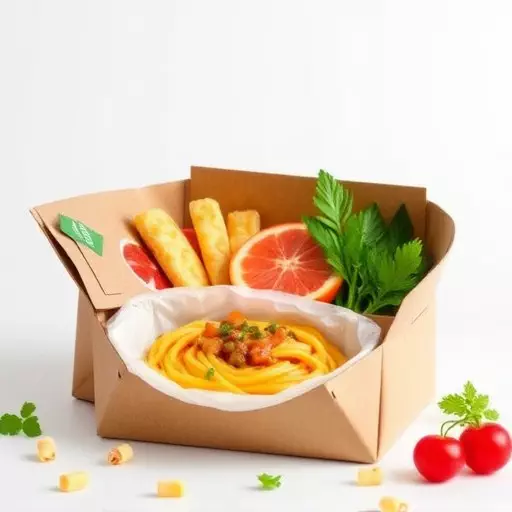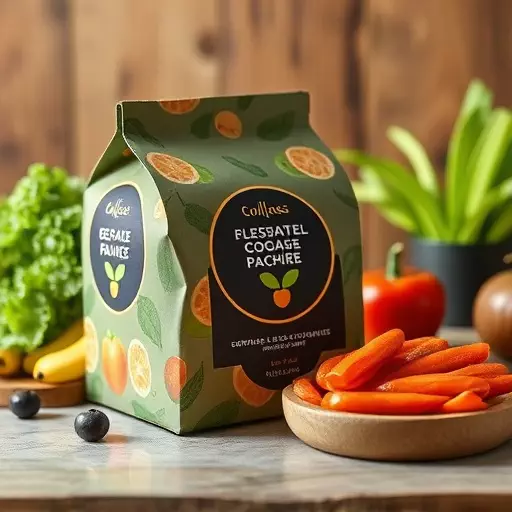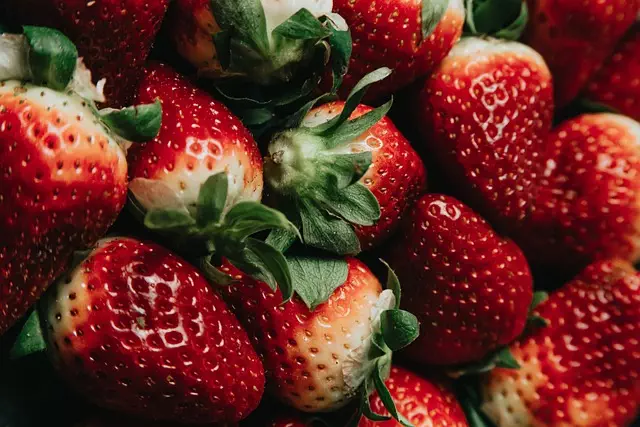Understanding food packaging costs involves a comprehensive analysis of materials (paper, cardboard, bioplastics), design, production, printing, machinery, labor, and transportation. Custom packaging adds complexity but allows unique branding. Balancing customization with pricing is key for brands. Sustainable options like biodegradable plastics and recycled content are gaining popularity to reduce environmental impact. Collaboration with innovative suppliers streamlines production, reduces costs, and opens new marketing opportunities while maintaining product freshness and appeal.
In the competitive food industry, understanding and optimizing food packaging costs is essential for maintaining profitability. This comprehensive guide delves into the intricate world of food packaging solutions, offering a detailed breakdown of expenses. We explore the growing trend towards sustainable food packaging options, highlighting eco-friendly materials and innovative designs. Additionally, discover strategies to optimize spending, including customization techniques that enhance brand visibility while reducing costs, ensuring both quality and cost-effectiveness in modern food packaging.
- Understanding Food Packaging Costs: A Comprehensive Breakdown
- Exploring Sustainable and Custom Food Packaging Options
- Strategies to Optimize Spending on Food Packaging Solutions
Understanding Food Packaging Costs: A Comprehensive Breakdown

Understanding Food Packaging Costs involves a comprehensive breakdown of various components that contribute to the overall expense. Beyond the materials, which include sustainable food packaging options like paper, cardboard, and bioplastics, there are significant overheads associated with design and production, especially when considering custom food packaging solutions. This is where brands must balance their desire for unique, eye-catching packaging with the reality of maintaining a competitive price point in the market.
Sustainable food packaging materials have gained traction as an eco-conscious alternative, attracting environmentally-aware consumers. However, the cost analysis goes beyond material choices; it encompasses printing, machinery operation, labor, and transportation—all integral parts of bringing any food packaging solution to market. Customization further complicates pricing due to its demand for specialized equipment and design work, reflecting in both time and financial investment.
Exploring Sustainable and Custom Food Packaging Options

Exploring Sustainable and Custom Food Packaging Options has become increasingly important as businesses seek to balance cost efficiency with environmental responsibility. In today’s market, consumers are more conscious than ever about the impact of their purchases on the planet, driving demand for sustainable food packaging solutions. Manufacturers are responding by offering a range of eco-friendly alternatives, from biodegradable materials to recycled content, aiming to reduce waste and minimize the carbon footprint associated with traditional food packaging.
Custom food packaging is another trend gaining traction. Brands are leveraging advanced printing technologies to create unique, eye-catching designs that not only protect their products but also serve as powerful marketing tools. Customizable options allow businesses to align their packaging with specific product characteristics, target audiences, and brand identities, ensuring a distinctive market presence while also addressing individual sustainability goals.
Strategies to Optimize Spending on Food Packaging Solutions

Optimizing spending on food packaging solutions is crucial for businesses aiming to enhance their bottom line and environmental impact. One effective strategy is embracing sustainable food packaging. By transitioning from traditional materials to eco-friendly alternatives like biodegradable plastics, recycled paper, or plant-based fibers, companies can reduce costs associated with disposal and gain consumer favor. Additionally, investing in custom food packaging allows for tailored designs that enhance brand visibility and product appeal at a premium.
Customizing packages to specific product needs, such as size, shape, and material, not only minimizes waste but also ensures products remain fresh and appealing. Collaboration with innovative packaging suppliers who offer cutting-edge technologies and materials can further streamline production, reduce labor costs, and open doors to new marketing opportunities.


